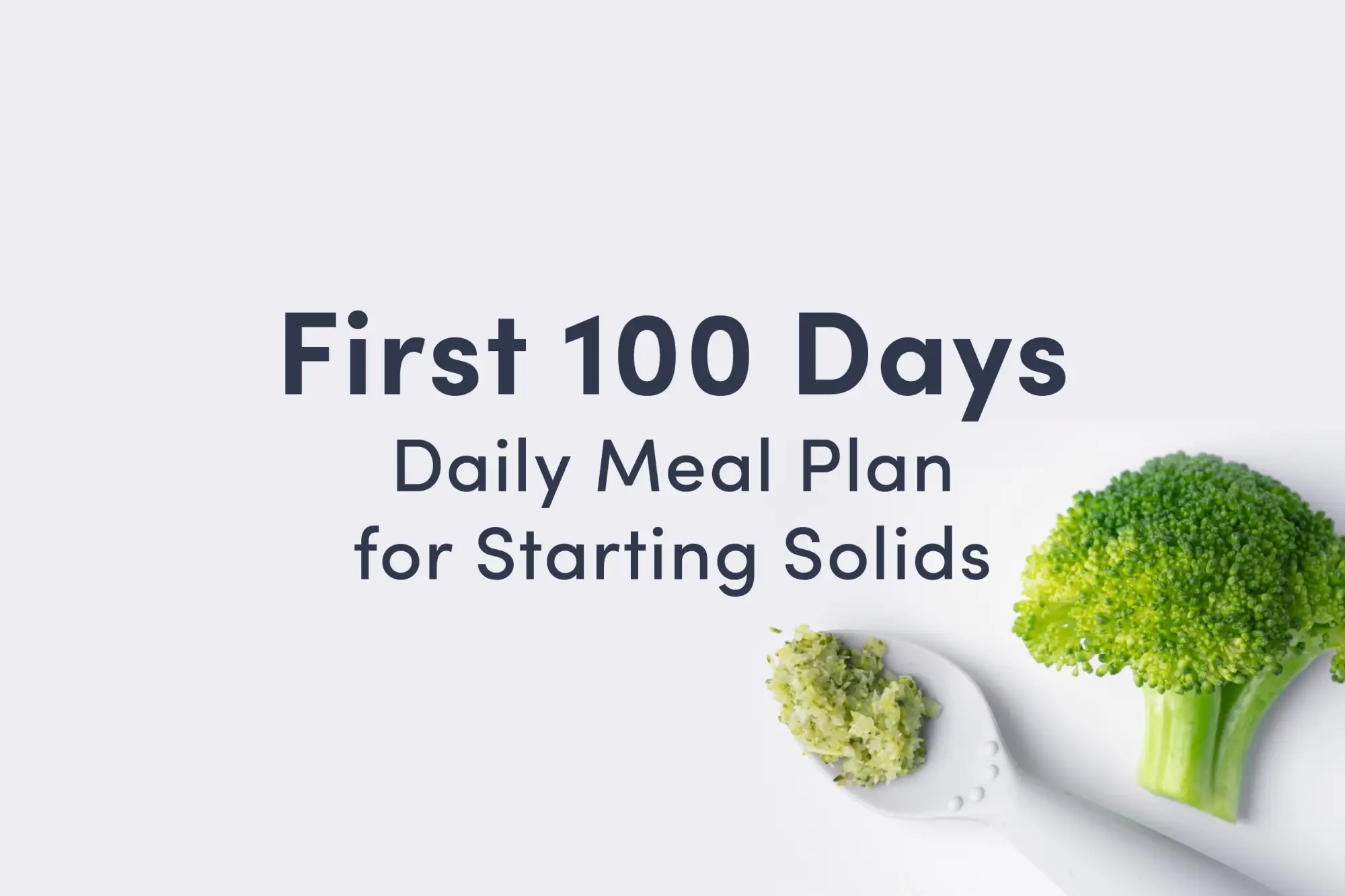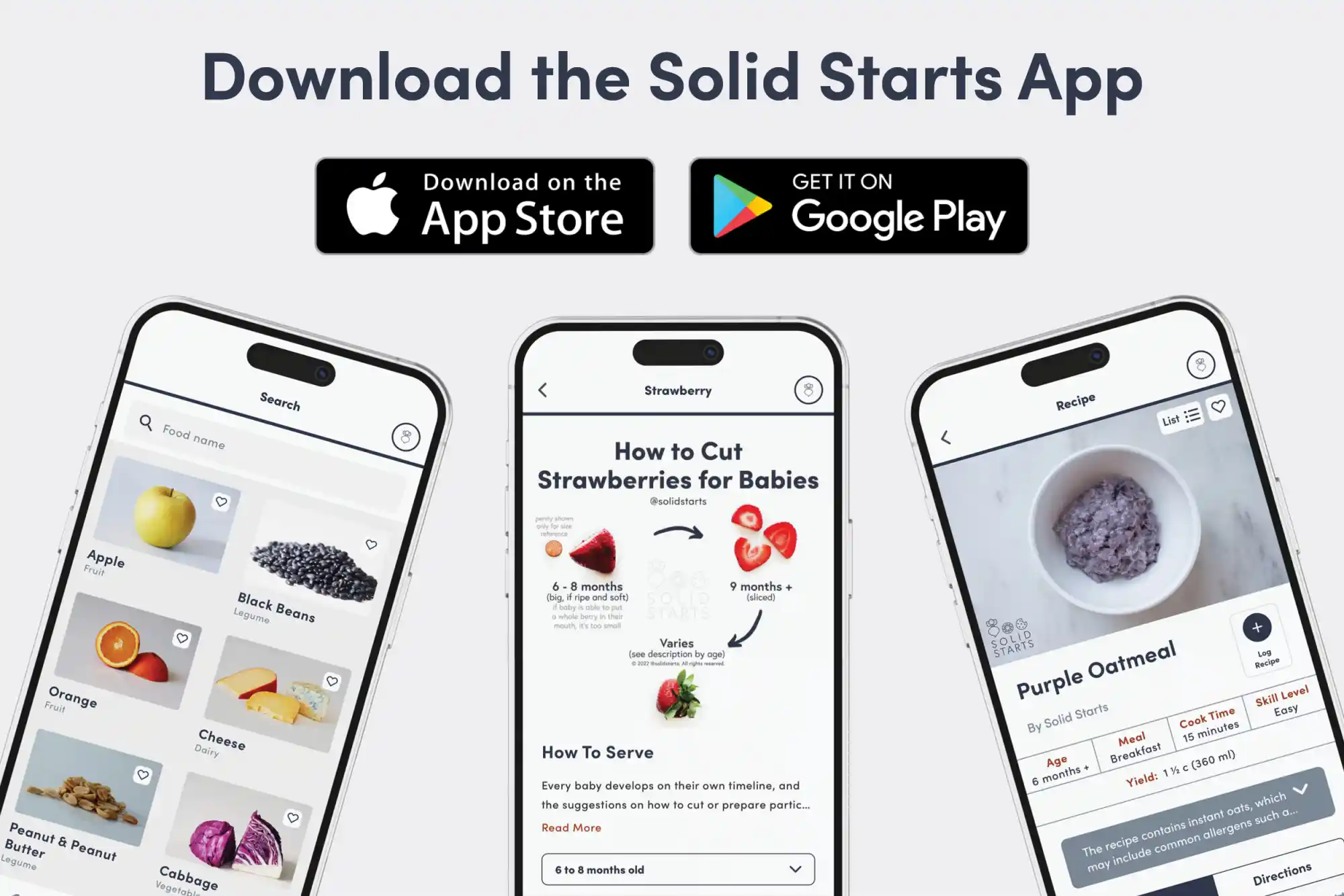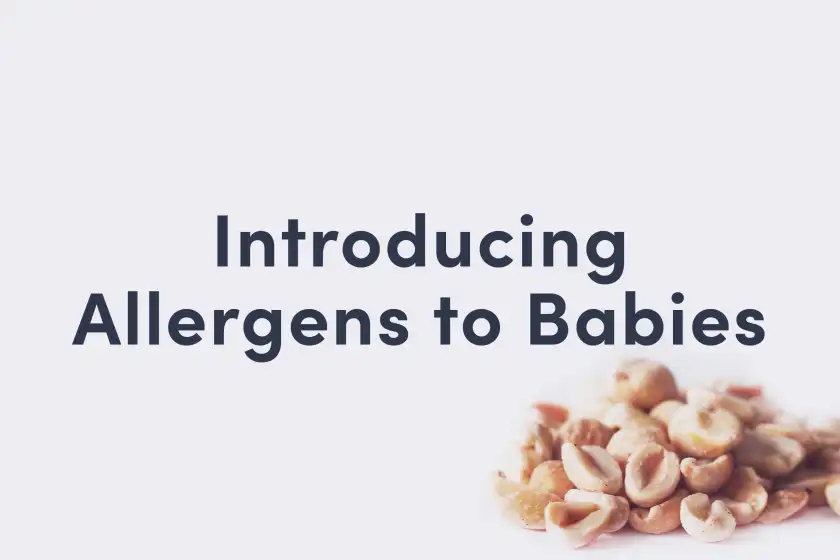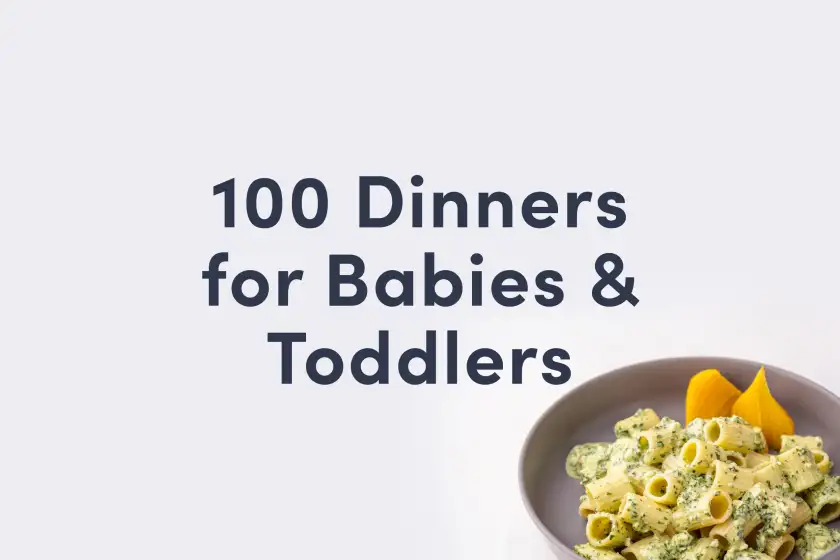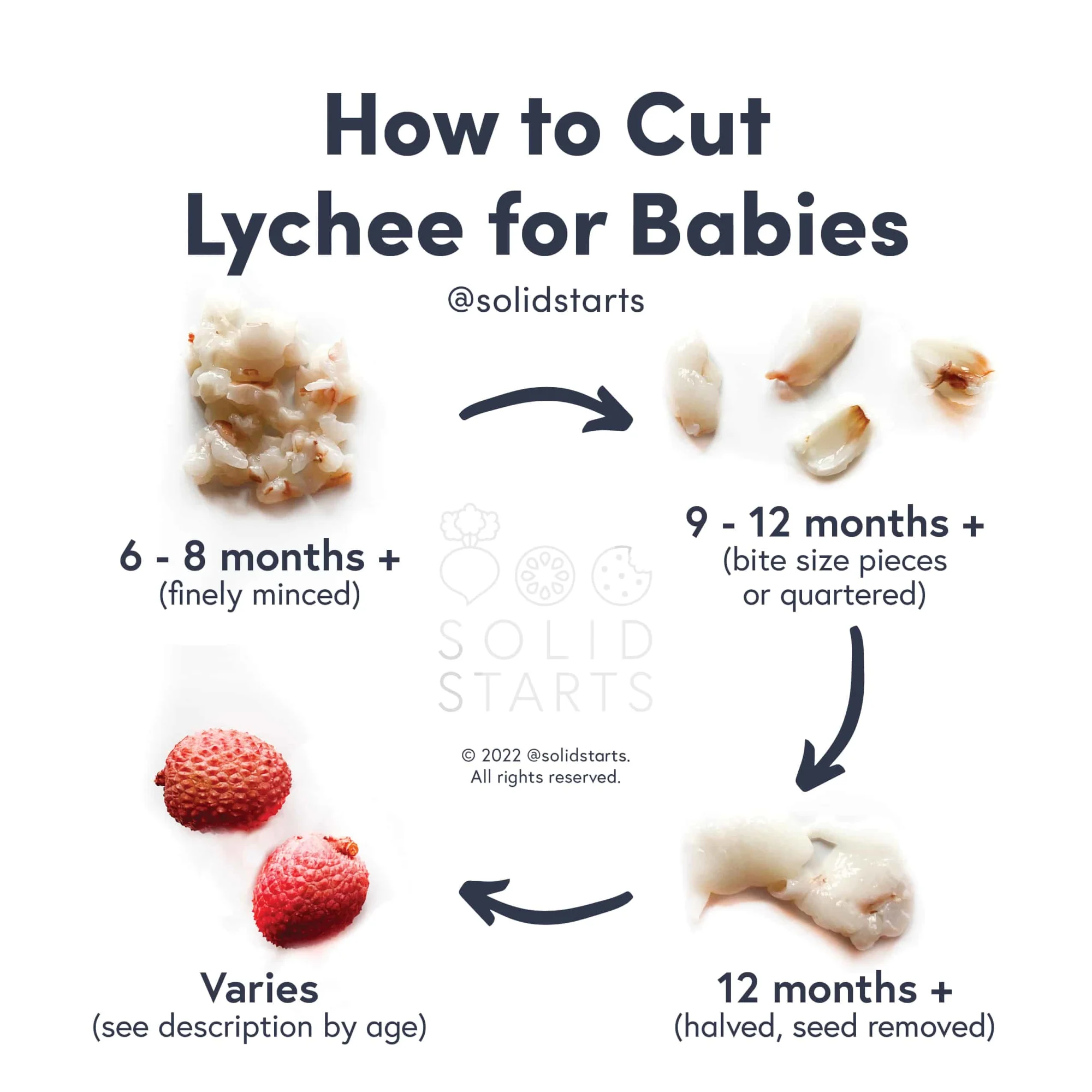Lychee
Fruit
Age Suggestion
6 months
Iron-Rich
No
Common Allergen
No
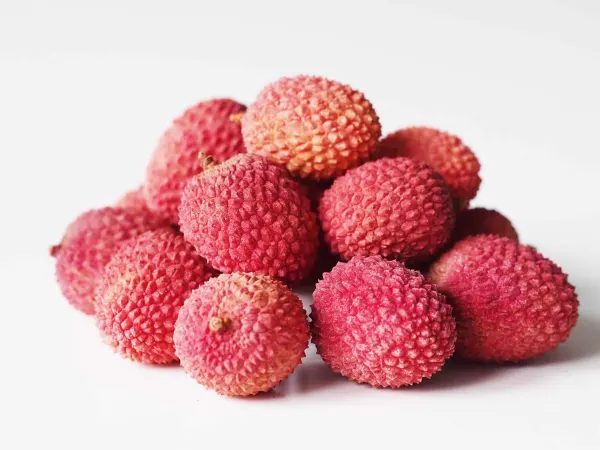
Warning
Make sure to remove the seed from the lychee fruit before serving, as it contains compounds that can be toxic (and is a potential choking risk).
When can babies have lychees?
Lychee may be introduced as soon as baby is ready for solids, which is generally around 6 months of age.
Native to southeastern China, lychee (also called Chinese cherry, litchi, or lychee nut) grows in humid climates on tall evergreen trees. In China and much of east Asia, lychees are most often eaten fresh and on their own as a snack or dessert, and their short harvesting season means they are prized as an ephemeral summer treat. That said, in traditional Chinese medicine, which categorizes all food as either yin (cold) or yang (hot), lychees are considered a hot food, which means they’re eaten sparingly on hot days.
Are lychees healthy for babies?
Yes. Ripe lychees are rich in carbohydrates, fiber, and fluid, in addition to vitamins B6 and C. They also offer potassium, folate, and numerous antioxidants. Together, these nutrients work together to provide energy to fuel baby’s play and development, support digestive health, and aid in hydration. These nutrients also support metabolic processes, immune function, electrolyte balance, nervous system functioning, and bodily repair and recovery.
When shopping, select lychee fruit that is ripe. While uncommon, consuming unripe lychee may lead to stomach upset or other health concerns. To tell if a lychee fruit is ripe, the outer skin should be pink or rosy red.
★Tip: Lychees keep exceptionally well. They may be stored in the fridge for up to two weeks.
Are lychees a common allergen?
No. Allergies to lychee are rare, but possible. People who are allergic to birch, grass, or mugwort and individuals with Oral Allergy Syndrome (also known as pollen-food allergy) may be sensitive to lychee fruit. Oral Allergy Syndrome typically results in short-lived itching or burning in the mouth and is unlikely to result in a dangerous reaction. There have been some reports of people developing itchy rashes after direct skin contact with lychee fruit or its juice. It’s a good idea to wash your hands after handling lychee, as well as washing baby’s hands and face after mealtime. For babies with sensitive skin, applying a barrier ointment to the face before eating can help prevent mild skin reactions.
Note that, in the United States, the Food & Drug Administration has classified lychee as a tree nut, but it is actually a fruit and does not commonly cross-react with nuts.
As you would when introducing any new food, start by offering a small quantity for the first few servings. If there is no adverse reaction, gradually increase the quantity over future meals.
Are lychees a choking hazard for babies?
Yes. Both the firm flesh and the inner seed are choking hazards. To reduce the risk, chop or slice the flesh and remove the inner seed before serving. As always, make sure you create a safe eating environment and stay within an arm’s reach of baby during meals.
For more information on choking, visit our sections on gagging and choking and familiarize yourself with the list of common choking hazards.
Videos
When can babies drink lychee juice?
Small amounts of pasteurized lychee juice may be shared as a drink after 12 months of age. That said, it can be beneficial to wait until after a child’s 2nd birthday to regularly share juice and other sugary drinks. Research suggests that regular intake of juice and other sweet drinks tends to increase the risk of dental cavities and take up space in the belly, which may decrease a child’s motivation to eat other foods at mealtime and may negatively affect the child’s growth. However, occasional servings of juice after one year of age generally isn’t a cause for concern. Learn more about serving juice to babies and toddlers.
How do you serve lychee to babies?
Every baby develops on their own timeline, and the suggestions on how to cut or prepare particular foods are generalizations for a broad audience.
6 months old +:
Finely chop lychee fruit (shell and seed discarded) and stir the fruit into other soft, scoopable foods such as congee, warm cereals, or yogurt.
9 months old +:
Quarter the lychee fruit (shell and seed discarded) or cut into bite-sized pieces. If the pieces of fruit are too slippery for baby to pick up, try coating them in another food to add grip, such as dry infant cereal or finely shredded coconut.
12 months old +:
Quarter the lychee fruit (shell and seed discarded) and, if you feel the child’s eating skills have advanced, you can offer halved pitted lychees. Encourage good chewing by modeling a dramatic chewing motion yourself.
24 months old +:
If a toddler is consistently demonstrating mature eating skills (not overstuffing their mouth, chewing food thoroughly, etc.) they may be ready to practice working with the whole fruit. First, use your nails to split the fruit in half and hand a half over to the toddler. Coach them on how to pull the lychee flesh away from the pit. Show the pit to the toddler and say “We don’t eat this part.” Dramatically toss the pit into the trash. Closer to age 3, a child may be able to use their fingers to split open the lychee themselves, if you have been demonstrating and they have been practicing.
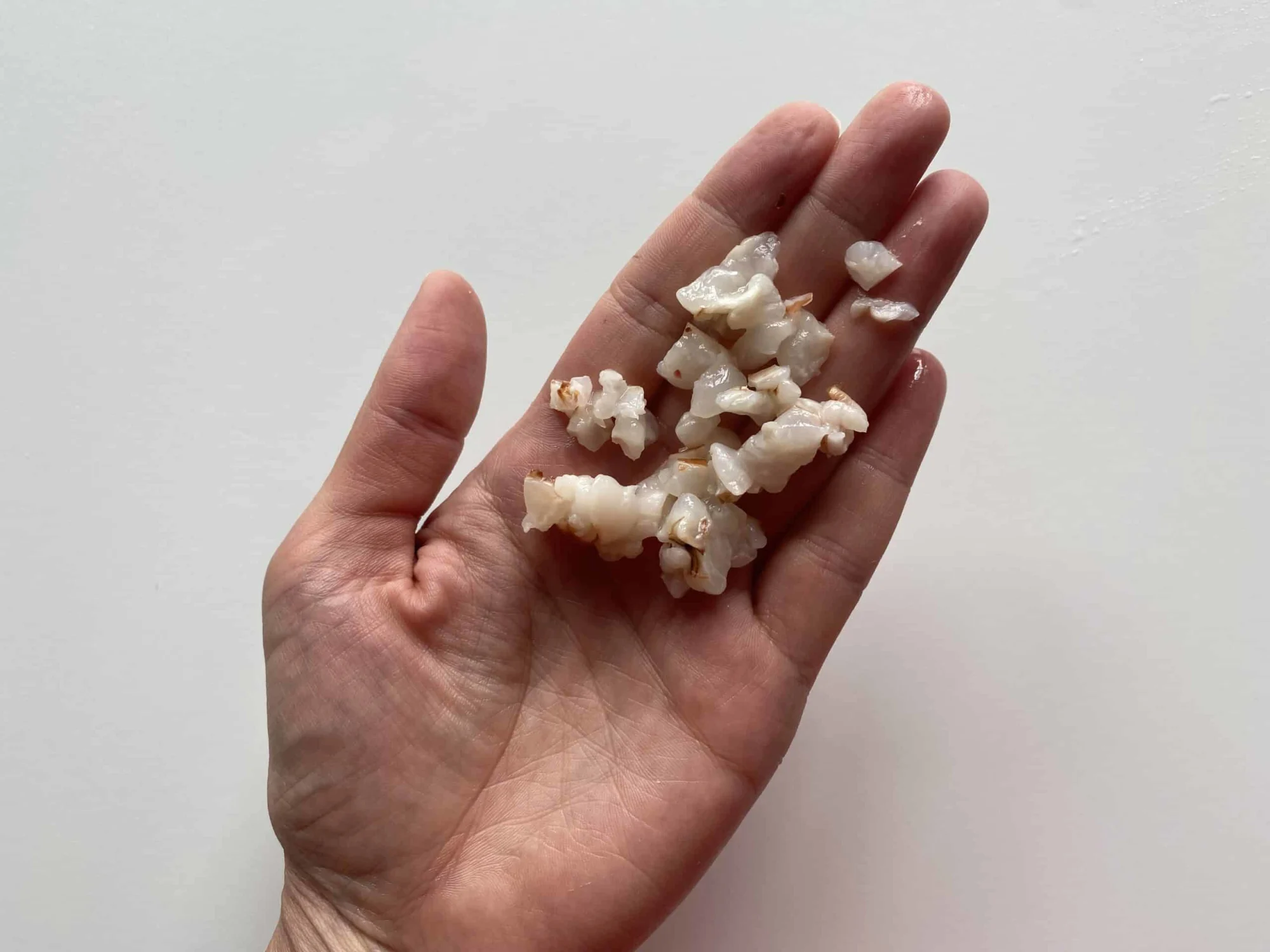
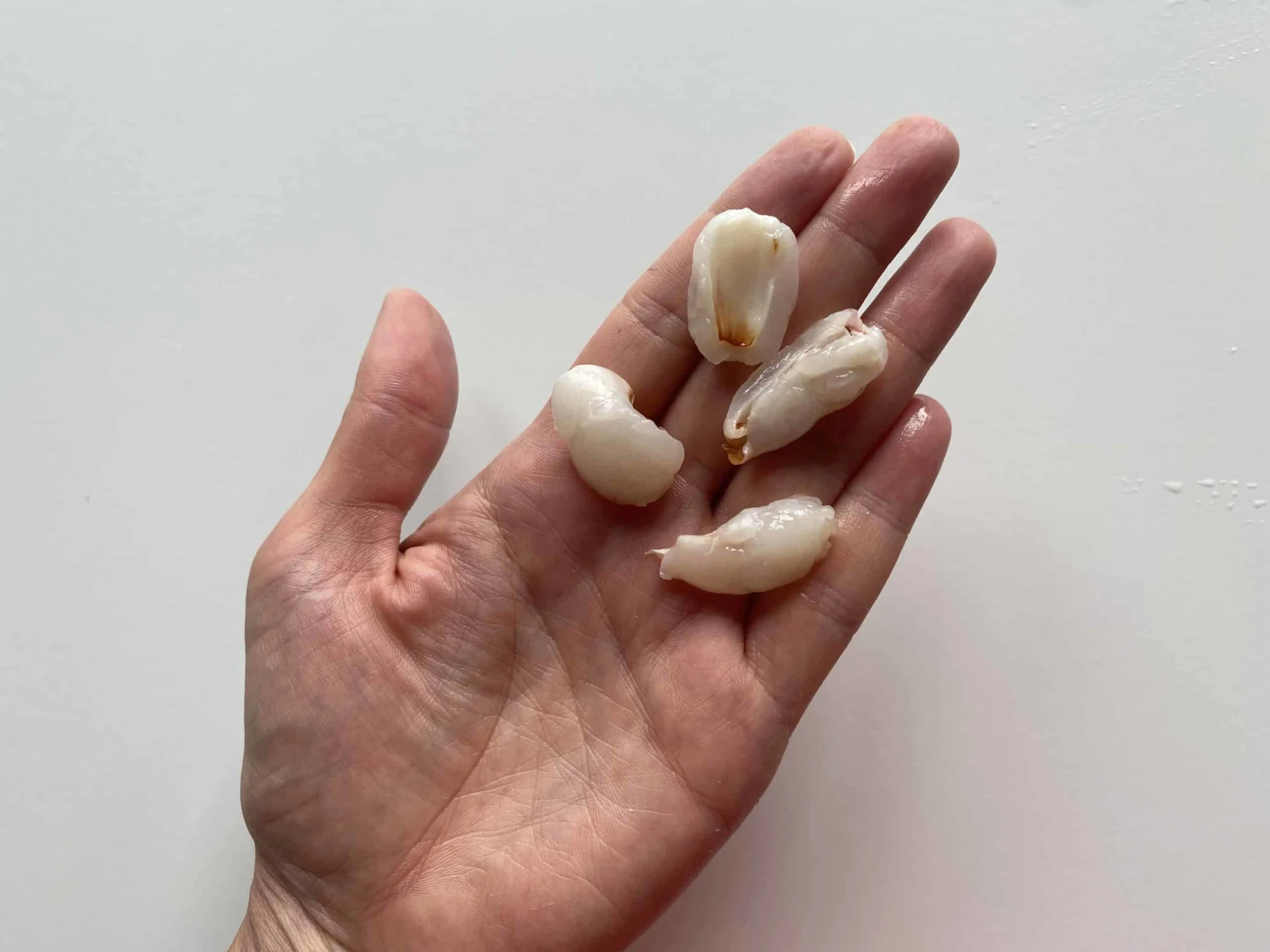
How to prepare lychee for babies 6 months +
How to prepare lychee for babies 9 months+
For more information on how to cut food for babies, visit our page on Food Sizes & Shapes.
Written by
Expert Tips Delivered to Your Inbox
Sign up for weekly tips, recipes and more!
The content offered on SolidStarts.com is for informational purposes only. Solidstarts is not engaged in rendering professional advice, whether medical or otherwise, to individual users or their children or families. No content on this site, regardless of date, should ever be used as a substitute for direct medical advice from your doctor or your medical or health professional, nutritionist, or expert in pediatric feeding and eating. By accessing the content on SolidStarts.com, you acknowledge and agree that you are accepting the responsibility for your child’s health and well-being. In return for providing you with an array of content “baby-led weaning” information, you waive any claims that you or your child may have as a result of utilizing the content on SolidStarts.com.


